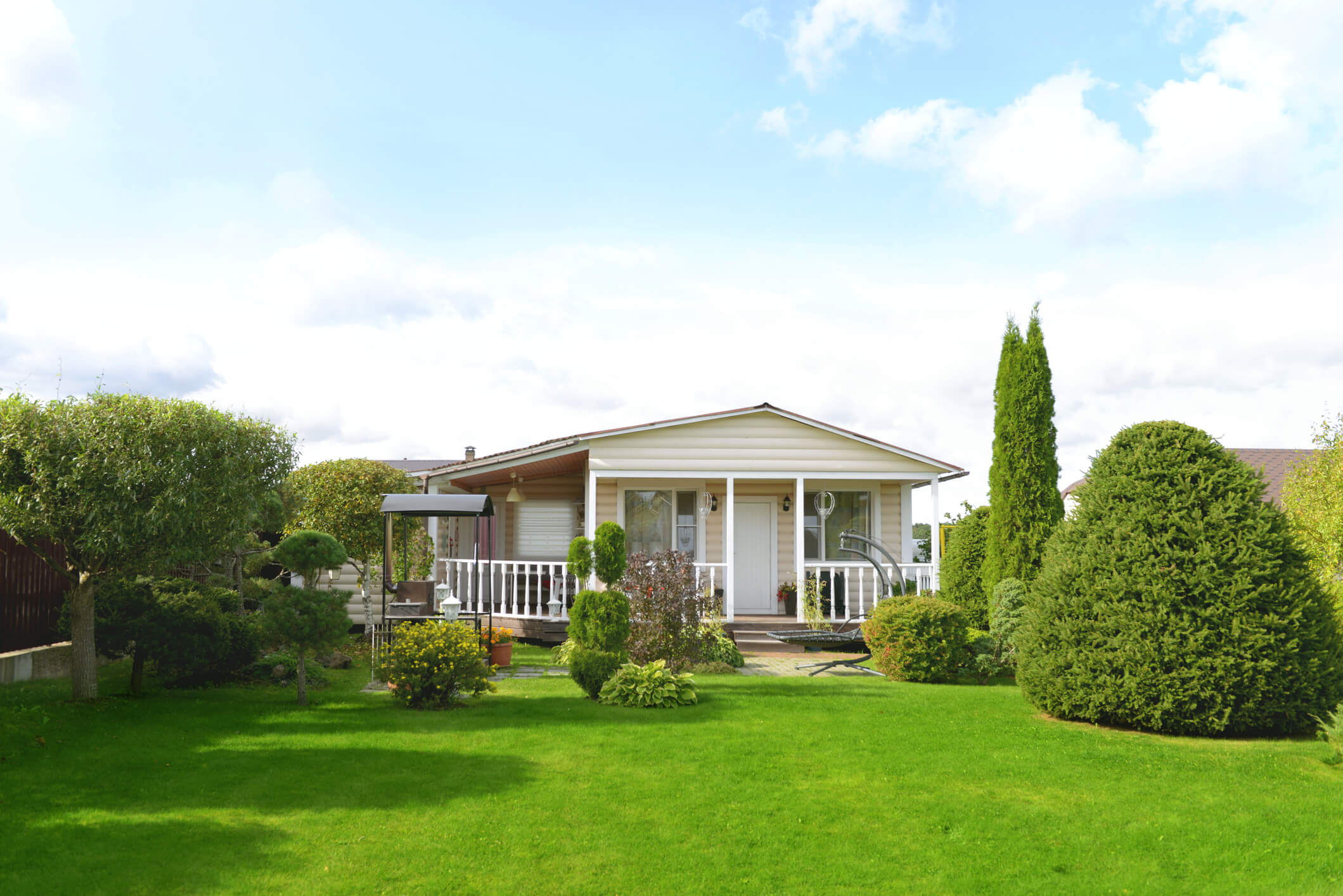Tips for Getting Greener Grass

If you look out upon the grass in nature or even along the side of the highway on the open road, you might wonder how the grass that grows there is so naturally green, without the use of sprinkler systems or artificial fertilizing. How is it that grass grown in the controlled environment of your yard is so much more delicate and fickle and so much harder to keep green?
One difference between that wild grass and your suburban grass is that yours is younger grass, likely artificially planted on dirt that was overturned during the construction process. That green, wild grass you see out in nature has been in its location for thousands of years, replenishing itself and reproducing naturally.
The most marked difference, though, is that naturally occurring green grass is located in moist, rich soil. Anything that grows there could grow green! So what can you do to get the same results in your own backyard?
Steps To Achieve a Dark Green Lawn - Here are some ways to adjust your home’s lawn grass and turn the power of nature in your favor. With these methods, you can have lush, lively grass that Mother Earth would envy:
Plenty of Sunshine – Sunlight is essential for grass to produce its green pigment (chlorophyll). To help sunlight reach the ground more easily, keep trees trimmed back. If grass refuses to grow in shady areas, such as under large trees or near porches, then plant grasses that have evolved to thrive in indirect light. Grass often grows better in occasional shade, which is reason enough to care for and fertilize your trees, but shade that lasts over 6 hours a day will prevent most grasses from growing.
Consistent Watering – Watering should be done once or twice a week with 1”-1 ½” worth of water each time for optimal health. If possible, install an efficient irrigation system to water your grass on an as-needed basis. Install weather sensors that will shut off the system if nature’s irrigation system starts pouring.
Add Fertilizer To Soil – Fertilizer can also be used to amend any deficiencies in nitrogen if the lawn isn’t quite as green as desired. Use natural fertilizers to supplement your soil. Organic fertilizers made of composted material, animal waste, and even vegetable matter provide the nutrients plants demand in order to grow healthier and greener.
The Best Types of Grass in Our Service Area - Research which specific type of grass is suited to your area’s climate. For instance, we have cool season grasses in our market that require a different approach than grass types in other regions. The most common types of grasses you’ll find are tall fescue and ryegrass. However, even hot climates have grass, after all; find out which specific variety can thrive in your environment, then plant it in areas where grass currently refuses to grow.
You might love the look of Bermuda grass, but that doesn’t mean it’s the right choice for your lawn. To set your lawn up for green success, you’ll want to choose the right seed that takes into consideration your specific yard, like how much water and sunlight is available.
Keeping Grass Green in the Summer Heat - There are ways to get burnt grass green again, but preventing it in the first place is always the best option. Consider the following best practice when it comes to essential lawn care in summer heat to keep grass green: 1. Water regularly and early in the morning or late at night. 2. Mowing should be done at a proper height and frequently for shade from the sun. 3. Fertilizing as needed throughout different times of year helps maintain lawn health. 4. Mulching mowers can act like natural fertilizer by leaving clippings on the lawn surface.